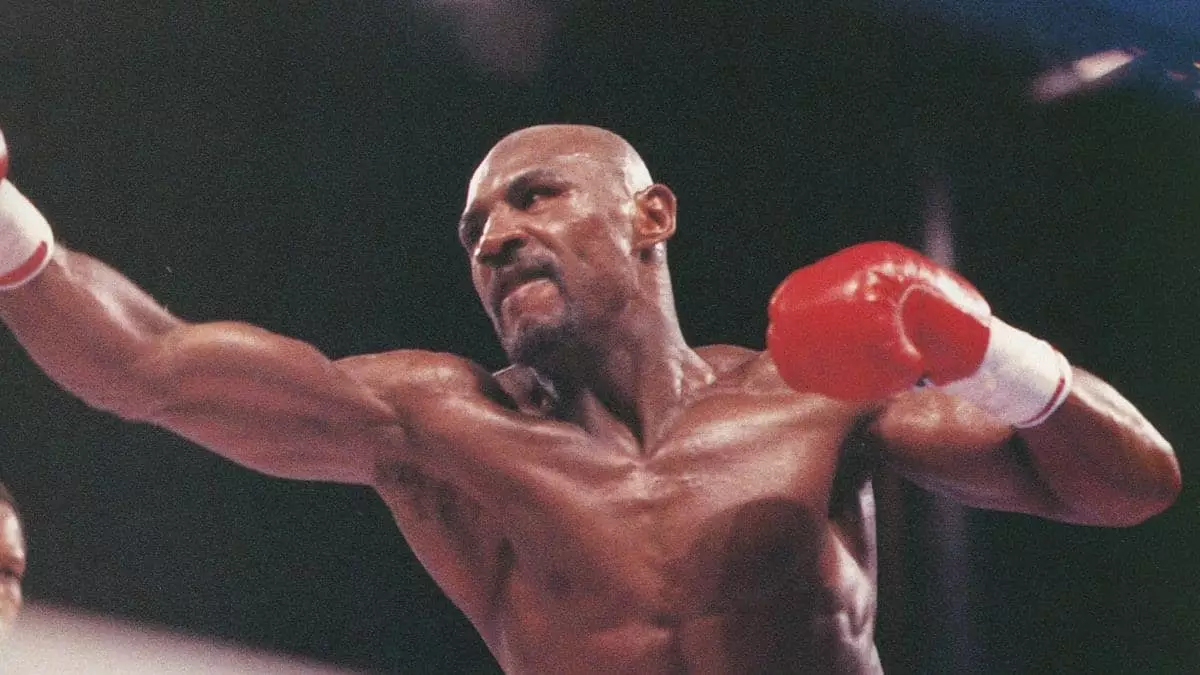The match between Sugar Ray Leonard and Marvin Hagler on April 6, 1987, is a date that lives vividly in the memories of boxing fans worldwide. This clash, often referred to as the “Super Fight,” transcended the sport, becoming a cultural phenomenon that resonates even today. The atmosphere at Caesars Palace, Las Vegas, was electric as fans gathered, each having a story about where they were, with whom they watched, and their thoughts on the fiercely debated outcome. Boxing is not just a sport; it is an emotional experience, and this particular match encapsulated that sentiment perfectly.
The Build-Up: Anticipation and Controversy
Leading up to the fight, the air was thick with speculation. Leonard’s return to the ring raised eyebrows, notably because he had not fought for several years following a severe retinal injury. His comeback was not just daunting; it was controversial. Leonard had previously announced his retirement, stating he didn’t have “it” anymore after a lackluster performance against Kevin Howard, where he experienced a knockdown for the first time. The narrative back then was complex; how could a fighter with such a challenging history and a long layoff hope to challenge the formidable Marvin Hagler, who had become a dominant figure in the middleweight division?
However, Leonard was motivated, and he saw vulnerabilities in Hagler, especially after a punishing fight against John “The Beast” Mugabi. Despite the odds against him, Leonard’s confidence and strategic mindset led him to believe that he could reclaim his title as a contender without needing a preliminary bout to shake off the rust.
The Fight: Strategy and Execution
As the bell rang, the contrast in styles was immediately apparent. Leonard’s brilliance was on display as he showcased defensive prowess and quick agility. He utilized a strategy that allowed him to evade Hagler’s heavy-handed attacks while landing precise counter-punches. The fight unfolded over 12 rounds, a tactical decision by Leonard that would ultimately favor his style, limiting Hagler’s ability to wear him down in the traditional 15-round format.
Interestingly, Hagler initially approached the fight in an orthodox stance, which he admitted was not his usual approach. This decision became a pivotal moment, allowing Leonard to exploit the openings with his quick footwork and uncharacteristically high output of jabs and combinations. He dazzled the judges, showcasing the cunning and intelligence that defined his legacy, leading to controversial scoring that left many stunned. The judge who scored it 118-110 in favor of Leonard introduced a rift among the commentators and fans alike, sparking debates that continue to this day.
The Aftermath: Legacy and Debate
The aftermath of the bout was rife with discussions of robbery versus skill. Leonard’s victory, lauded by some as a masterclass in boxing technique, was decried by others, notably Marvin Hagler’s fanbase, as a result of ineffective judging rather than genuine merit. Many believed the fight deserved a rematch, believing that the rivalry and unfinished business could be settled, but that rematch never materialized, leaving a tantalizing “what if” in the air.
This fight has since become a cornerstone of boxing lore, studied and analyzed in countless documentaries, articles, and debates. While some historians remember it as Leonard’s defining career moment, others still believe Hagler was unjustly deprived of his title that night. The match remains a celebration of contrasting techniques, contrasting personalities, and a testament to the unpredictability of boxing.
More Than Just a Fight
Sugar Ray Leonard vs. Marvin Hagler represents much more than a mere sporting event; it symbolizes the very essence of competition—the clashing of two brilliant athletes at their peak. It is an epic tale of resolve, strategy, and the timeless allure of the fight game. Regardless of personal allegiances or interpretations of the fight’s outcome, what remains undeniable is its status as one of the greatest encounters in boxing history. The echoes of that night serve as a reminder of the sport’s thrilling unpredictability and the enduring debates that often follow legendary contests.

